When a new energy vehicle experiences a “disconnect” during charging, is it a charging station issue or a vehicle issue? Such disconnections may stem from problems with either the charging station or the vehicle itself, requiring a comprehensive assessment based on the specific scenario and symptoms.
Common causes on the charging station side include hardware failures and software anomalies. Some older charging stations, exposed to outdoor conditions for extended periods, may suffer from aging wiring, oxidized connectors, or malfunctioning cooling systems. When detecting faults like decreased insulation resistance or DC output short circuits during charging, the station automatically cuts power to prevent fire hazards.
Incompatibility between the charging station‘s communication module and the vehicle’s protocol, or outdated firmware, can cause data transmission errors. This may lead to misjudgments of the charging status and trigger protective measures. In high-temperature environments, the charging station’s thermal protection device may prematurely terminate charging due to sensor false alarms or insufficient cooling.
Potential risks on the vehicle side are more complex. The Battery Management System (BMS), as the core control unit, may cause charging interruptions if its software algorithms are flawed or not adapted to the latest charging protocols. Wear from frequent plugging/unplugging, foreign object intrusion, or loose wiring connections at the charging interface can cause the station to detect abnormal currents and trigger disconnection.
Operational and environmental factors also warrant attention. Activating the vehicle’s power during charging, frequent door unlocking, or using non-original charging equipment may trigger protective mechanisms in either the vehicle or charging station. Under extreme temperatures, reduced battery activity or overheating of charging equipment can decrease charging efficiency or cause interruptions.
When a new energy vehicle experiences a charging disconnect, is it the station’s fault or the vehicle’s? Resolving this issue requires systematic troubleshooting. Owners should first inspect the charging port for cleanliness and foreign objects, try switching charging stations, or adjust charging times. If the problem persists, contact a professional to check the BMS software version, battery health, and charging protocol compatibility.

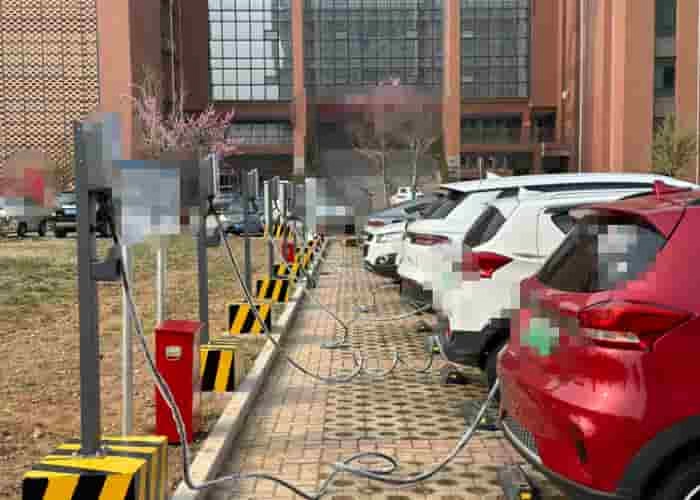
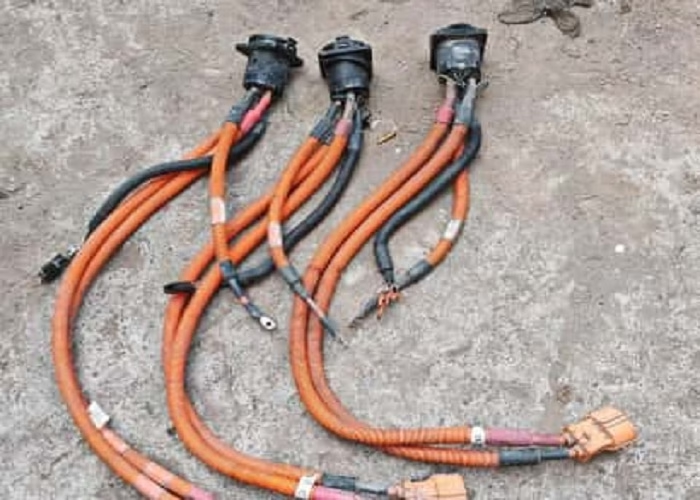

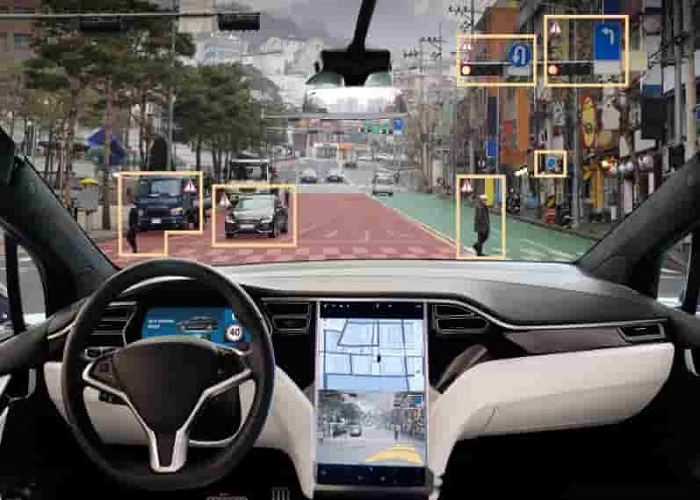

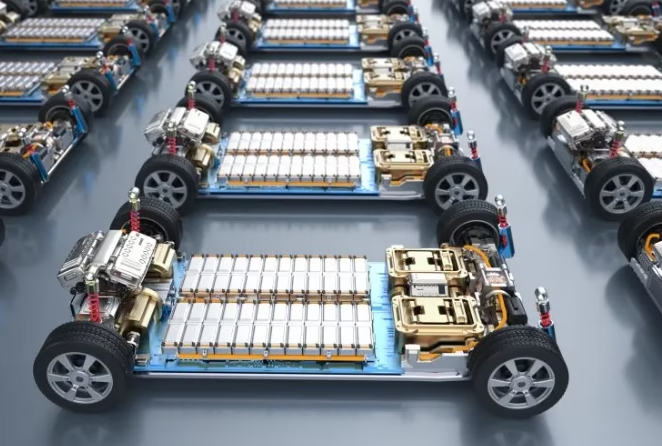
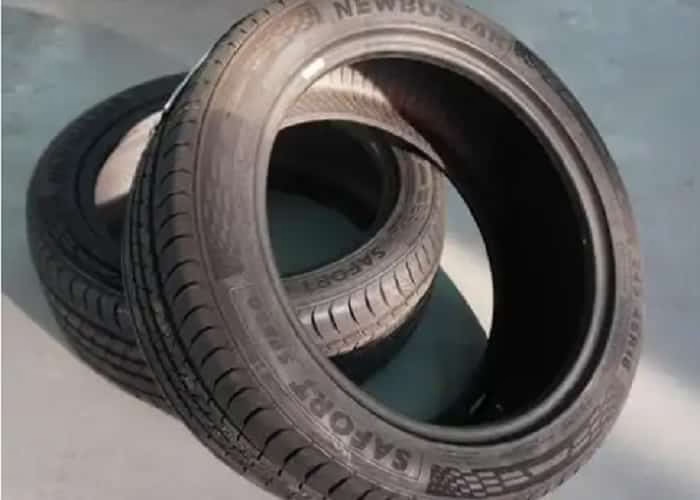
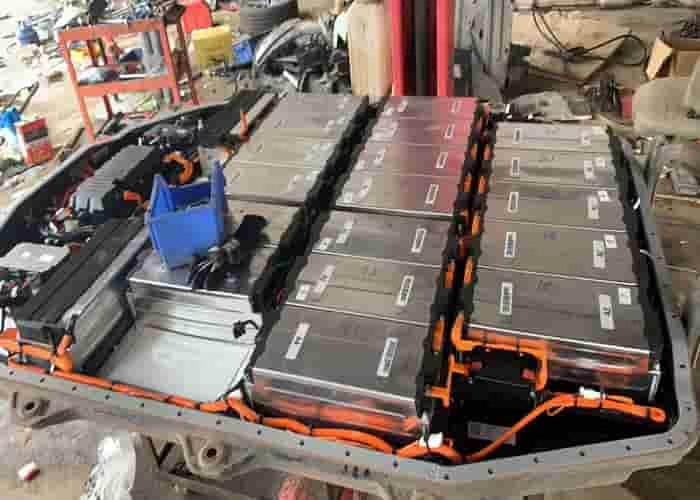

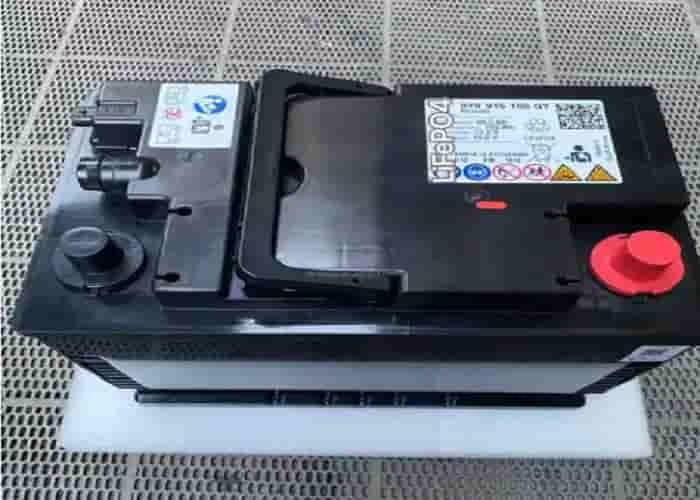



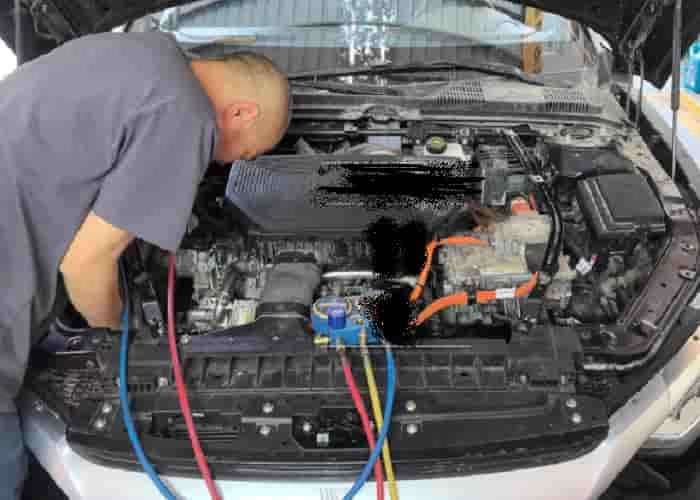
Leave a Reply